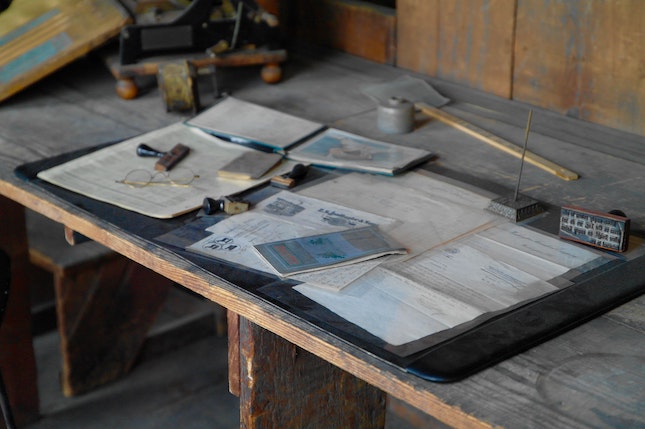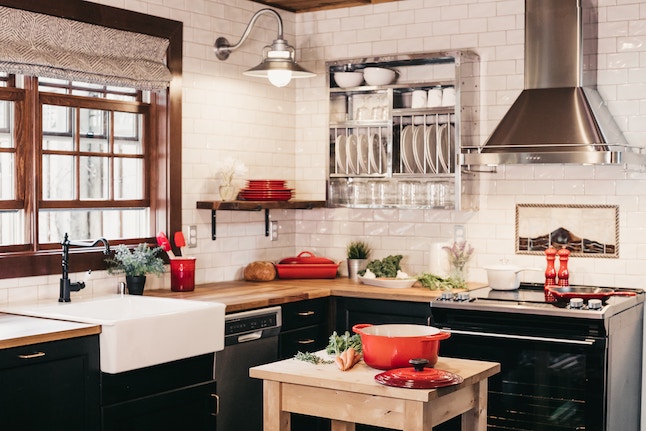On-Site In Your Story Settings

Get Your Reader There
Bringing each scene-setting to life depends on details. It isn’t enough to say the street or the kitchen. Get your reader feel the setting. Use details to bring the setting to life.
After you’ve done your location scouting, you know where your characters are. Giving that location details, will take it from your head to the reader’s understanding.
First, The Space
Before you start your scene, review the images you collected during your location scouting research. This will help you visualize the place as you write the scene
If your images are scattered and hard to find, try Plottr. It’s a story planning app to help your organize everything. In the Places section you can add images and tag them. Then tag the scenes in the outline to get a quick view of your scene images.
Outdoor scenes will have physical elements like buildings, trees, cross streets, protruding rocks, glass-front buildings that reflect everything.
Think of the five senses and add details about your space. Is it dark or light? Noisy or quiet? Urban, suburban, or deep country. What scents are in the air?
Keep the story alive by scattering the sensory details in the scene. Those pieces work to keep your reader grounded and enliven the sense of the setting without slowing down the story.
Choose a Detail
For each scene, choose one or two details to add vibrancy to the setting. A suspect unconsciously rubs the toe of his sneaker across the parquet wood flooring. Your sleuth sees herself reflected as colored shapes in the kitchen’s stainless steel refrigerator.
Foreshadow a mishap by glancing at an object that will trip up your sleuth either figuratively or literally. An item that seems unimportant and just part of the scene landscape turns out to be an important clue later. Or the rock by the side of the trail trips your sleuth as she pursues the villain.
Reflect a Character
Your sleuth and all supporting characters live somewhere. Once again, setting details enrich your story by illustrating how a character lives. The housing itself to furnishings details about a character’s home are signs of the character’s daily life.
Spacious or cramped, tidy or squalid, modern or antique, the character’s space reflects his personality. In a mystery, a character’s outer surroundings can either reflect a personality or mask a hidden trait.
Hide a Clue
As you look at your images, imagine places where you can hide clues. Keys drop behind the kitty box, a note stuck to a refrigerator among other notes and photos, a side gate in a fence, the street signal that keeps a suspect from getting ahead, a scrap of torn cloth on a shrub.
Hiding clues is easier when you have an image in front of you.
Mirror A Theme
Unveiling the truth is the main theme of a mystery. But story elements and subplots often lead to minor themes—corruption, betrayal, manipulation.
Details like buzzing flies, broken fences, cul de sacs, twisted chains and the like echo these minor themes. Use a light stroke, but incorporate them into your story.
Details Not Narrative
As you write and characters interact, it’s easy to overlook grounding your reader in the setting. At least place setting details near the beginning, in the middle, and toward the end of each scene.
Weave details into the scene in one or two sentences. You’ll move the story forward and keep readers engaged. As you practice this technique, you’ll discover you won’t need to write long narrative descriptions that take the reader out of the story.
The research you do for settings adds verisimilitude to your story. The details emphasize the unique place—not just any office, but this character’s office.
Setting pulls your reader into the story. The details make each scene come alive. Take the time to locate your settings and add specific details. Your readers will appreciate your work.
Watch the video for more.
Photo by Semina Psichogiopoulou on Unsplash





